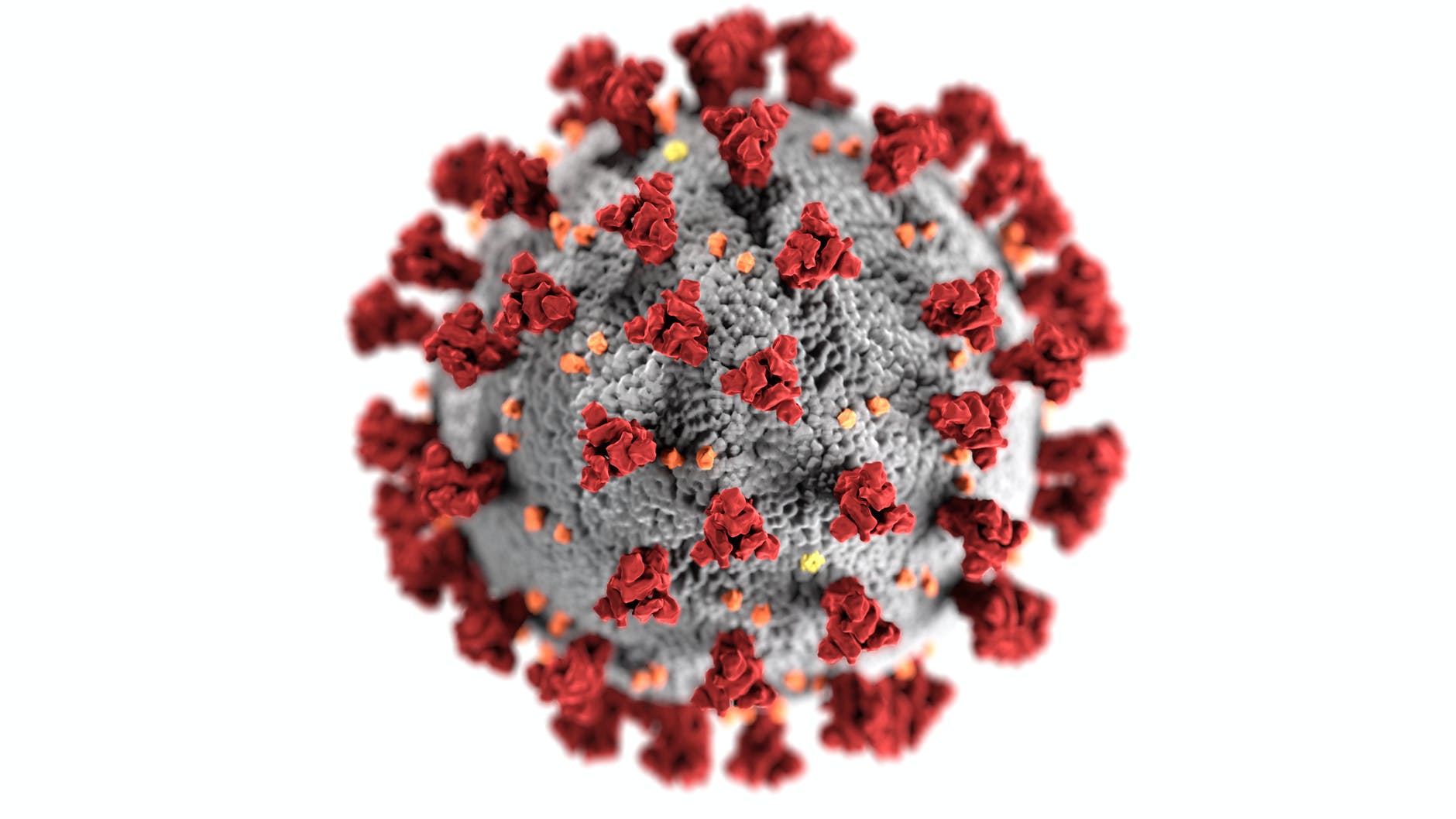Ok, I admit it ventilation is something that I obsess about (I am not normally known for obsession incidentally}.
Ever since this wretched pandemic started, we were advised to wash hands and keep at least 2 metres away from others but face masks only came later. I must admit i was initially a bit of a sceptic about their effectiveness, after all the virus is small enough to pass through the fabric easily and I always wondered about them. However, when I studied it the issue became less clear cut.

There are two types of droplets here, the larger droplets which were always known about, are emitted when we cough or sneeze. These can travel up to 2 metres and are the basis for the social distancing distance. As time went on it became clear though that they are not the only particles to be emitted. When we talk, breath or sing there are smaller particles called aerosols which can carry the virus and which appear to remain in the air for a much longer period, possibly hours without proper ventilation and may be a significant route of transmission. So what does this mean for mitigation?
Looking at the various protective measures, social distancing at two metres is good for droplets but aerosols can move around and keeping apart may not provide as much protection, the same applies to perspex screens and visors where aerosols may linger and move around them. This is backed up by the number of groups, particularly choirs, who earlier in the year were reported as following all the guidance but still finished up transmitting Covid-19 in huge numbers, up to 60-70% of singers were infected in some cases. Hand washing is obviously important to protect against picking the virus up from an infected surface but in terms of aerosols it is largely irrelevant.
As I noted earlier face masks are probably effective at blocking droplets and may also help to limit the spread of aerosols, although I suspect this may be mainly effective indoors. They are of course impossible to wear whilst playing a brass instrument, except for those with slits built in I have seen on some American websites and Facebook posts, although it does seem to compromise the seal of the mask!
Research into aerosols is still ongoing and results are currently quite sparse but in terms of brass playing and teaching it will have some quite serious implications if it is shown that they represent a more significant risk.
One of my biggest concerns is being in a confined space with others. In a group, masks are impractical for those other than the MD and perspex screens and visors may be only partially effective in a rehearsal room, even with social distancing.
So, if much of the PPE is proved to be ineffective against aerosols, what is left? The only remaining measures are either not to undertake the activity at all or ensure that proper ventilation is in place, but what do we mean by ventilation?
The Cambridge Dictionary defines ventilation as follows:
“an installation in a building that provides a supply of fresh air” and current advice is that a flow of 10 litres per second per person is required.
This is important, I have heard it said and read that if you open a window or a door you are complying with the advice. Quite clearly this is not always the case, an open door on it’s own does not provide fresh air into a room, particularly if it opens out into a lobby or corridor then the chances are that the recommended flow of fresh air will not be achieved. So a free flow of air can only be achieved if there are open windows or doors at either ends of the room which can create a draft. This may be ok in the summer of course when it is hot and we all like the windows open but what about the depths of winter when it is cold, wet and windy?

Brass bands and other ensembles should also be very cautious when looking at these issues. They are permitted to rehearse provided proper mitigation is in place, but how many band rooms can provide ventilation at the recommended levels, I haven’t checked it but it seems to me that for a group of 10 there would need to be quite a breeze blowing through the venue to comply with the requirement. Coupled with the other issues regarding brass playing, saliva released etc. then it is vitally important that we get this right.
This may seem to be a gloomy assessment but we need to be realistic in the way we assess the risk and there are suggestions that brass instruments should be encouraged to work at even longer social distancing. I have seen 4 metres suggested which although may be understandable raises questions as to whether there are any benefits over remote teaching. I will discuss this in a future blog, but in my view this issue of aerosols may be more important than we think and it would go a long way to explain why mixing in groups of any kind, from musical groups to pubs and restaurants seems to result in higher rates of infection. This does seem to have been played down by the government and health authorities which may prove to be a mistake.
I appreciate this may not apply as much in face to face individual lessons but it is an area where there is still much uncertainty and until more results of research are available then caution is to be advised.



